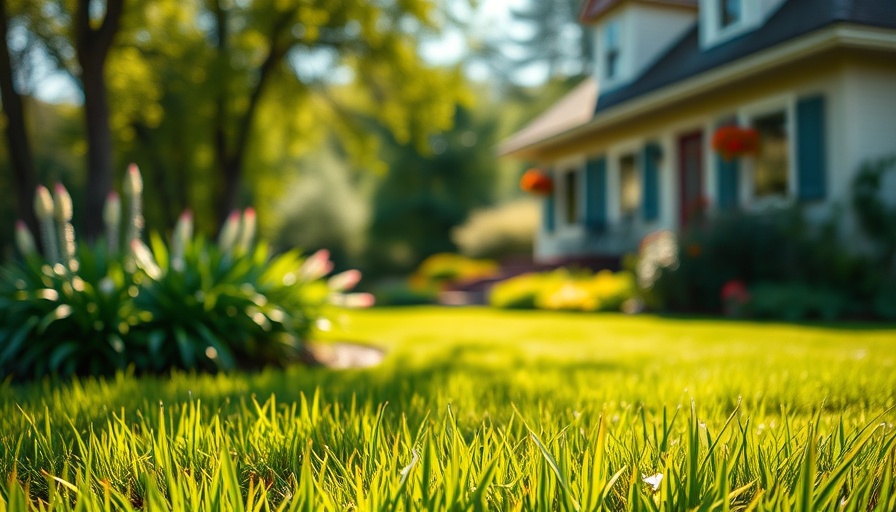
Understanding Lawn Dethatching: Is It Necessary?
If you've ever seen your lawn looking less than lush, you might be wondering about the practice of dethatching. Dethatching is crucial for maintaining a healthy lawn, especially in regions with varying temperatures and soil compositions. As noted, thatch—the layer of organic debris lying between the soil and turf—can suffocate your grass by preventing essential nutrients from reaching the roots. Understanding when to dethatch is not just about improving aesthetic appeal; it’s about fostering a healthier growing environment for your grass.
When and How Often Should You Dethatch Your Lawn?
Most homeowners will find that an annual dethatching is sufficient. Early fall is often the ideal time for this process, as the grass is actively growing and can better recover from the stress of dethatching. In some situations, late spring may also be considered, but caution should be exercised to avoid leaving space for weeds to take hold, particularly crabgrass. The goal here is to ensure that the existing grass thrives while reducing competition from unwanted plants.
Methods and Tools for Effective Dethatching
Many homeowners can handle dethatching small lawns with a manual dethatching rake. This tool is specifically designed to penetrate the thatch layer and remove debris while revealing a healthy layer of soil. For lawns larger than a quarter acre, a mechanical dethatcher is advisable. These machines simplify the process and often combine other beneficial practices, such as aerating, which can further enhance lawn health during maintenance.
Long-term Strategies for Thatch Control
Avoiding excessive thatch build-up starts with proper watering techniques. Lawns typically require about one inch of water per week, ideally administered in one thorough soaking. This approach fosters deep root growth, which is essential for a thriving lawn. Additionally, regular aeration treatments, alongside dethatching, can help maintain an optimal balance of nutrients while reducing soil compaction, thereby keeping that layer of organic matter in check.
Benefits of a Well-Maintained Lawn
A properly managed lawn is not just visually pleasing; it enhances your property in numerous ways. A healthy lawn improves air quality by filtering pollutants, moderates temperature, and reduces soil erosion. It's also a vital habitat for numerous species, contributing to local biodiversity. Furthermore, spending time in a well-kept yard can promote mental wellbeing and provide a space for recreation and relaxation.
Conclusion: The Importance of Lawn Care Knowledge
Understanding when and how often to dethatch your lawn can profoundly affect its overall health and appearance. Armed with the right knowledge and tools, anyone can maintain a vibrant and healthy lawn that brings joy and value to their home. This simple act of lawn care is vital for ensuring that your green space is both beautiful and functional.
 Add Row
Add Row  Add
Add 




Write A Comment